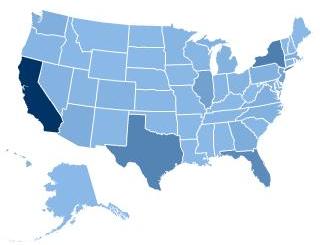State-level immigration laws don’t pay off. That’s the consensus from business and agricultural...
Get the Facts
At last count, the nation’s 1.5 million Asian-owned businesses had sales and receipts of $506 billion and employed 2.8 million people .
IPC in the News
Unreliable databases could cost even citizens their jobs
-
06/07/12
Nearly everyone agrees that our immigration system is broken and in desperate need of reform....





